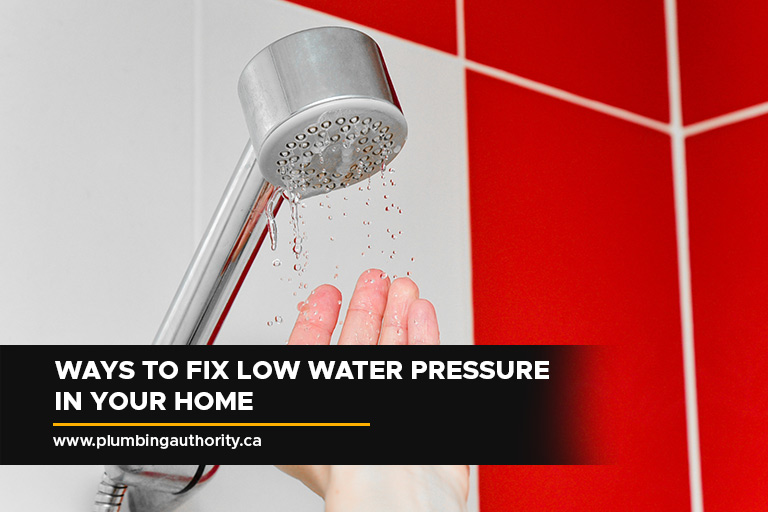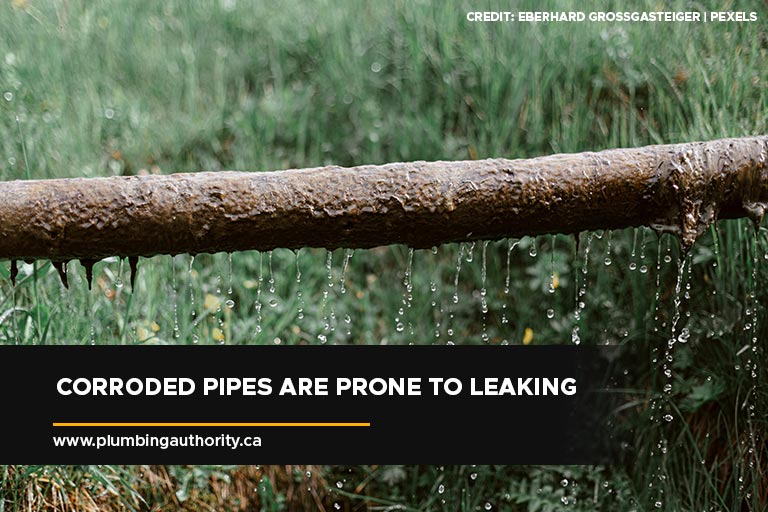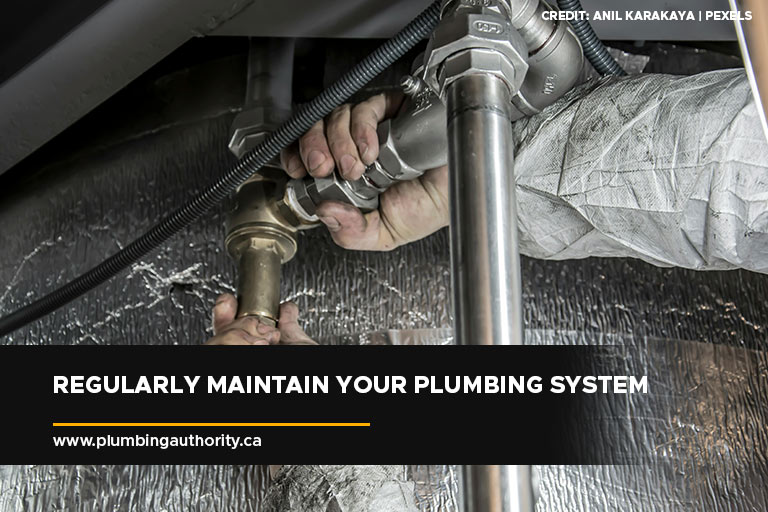
Low water pressure in a home can be more than just an inconvenience; it affects daily tasks such as showering, washing dishes, and even watering the garden. Despite the challenges low water pressure presents, it’s a solvable problem. By identifying the root causes and implementing strategic solutions, homeowners can enhance their home’s water system efficiency. Whether you’re dealing with minor annoyances or significant disruptions, this guide provides valuable insights into maintaining consistent water pressure.
What is Causing Low Water Pressure in Your House?
- Clogged Pipes
Over time, pipes can become clogged with mineral deposits, rust, and debris, reducing water flow and pressure. This is common in older homes, where sediment accumulates. The reduced diameter forces water to push through smaller openings, causing pressure drop at faucets and appliances. Regular inspection and cleaning can help restore water flow to optimal levels.
- Corroded Plumbing
Metal plumbing systems are susceptible to corrosion, which narrows pipes’ interior, restricting water flow and decreasing pressure. Older homes are more affected due to prolonged exposure to water and oxygen, accelerating the process. This can impact daily activities, necessitating pipe replacement or specialized treatments.
- Faulty Pressure Regulators
Pressure regulators are essential for maintaining consistent water pressure in homes. Malfunctioning regulators can cause significant fluctuations, potentially damaging plumbing fixtures or systems. Professional assessment and repair are crucial to prevent inconveniences or damages caused by regulator issues. Failure or incorrect adjustment can lead to significant water pressure fluctuations.
- Local Supply Issues
External factors like leaks, maintenance activities, or high demand in local water supply can cause a decrease in home water pressure. Communication with local authorities is crucial for resolution. Being aware of scheduled maintenance or peak usage times helps manage low water pressure in your area.
- Closed or Partially Closed Valves
Unknowingly closing the main water valve or supply valves can restrict water flow and cause low pressure in your home. Regular checks are crucial to ensure valves are fully open, promoting optimal water flow and preventing unnecessary concerns over water pressure issues.
- Leaking Pipes

Corroded pipes are prone to leaking
Leaks within your plumbing system can lead to water being diverted away from its intended destinations, resulting in decreased pressure. Even minor leaks can accumulate over time, causing significant water loss and pressure issues.
- High Water Demand
When water pressure is low in the house suddenly, it can be attributed to the plumbing system being overwhelmed by simultaneous usage for multiple purposes (e.g., showering, using washing machines, and running sprinklers). This condition leads to lower pressure because the available water is divided among several outlets, reducing the flow rate to each.
- Pipe Size
Pipes that are too small for the demand of a household, particularly in larger or multi-story homes, cannot deliver adequate water flow, resulting in lower pressure at fixtures.
- Water Heater Issues
Water heater problems, such as sediment build-up or malfunctioning components, can specifically affect hot water pressure. Sediment accumulation reduces the capacity for hot water generation and can clog the lines leading to and from the heater, compromising flow and pressure.
- Elevation and Gravity
Homes situated at higher elevations than their water source or built with multiple levels can experience lower water pressure due to gravity’s effect. Pumping water uphill or to higher floors requires more effort, resulting in reduced flow rates and pressure.
How Can You Fix Low Water Pressure in Your House?

Regularly maintain your plumbing system
- Regular Inspection and Cleaning
Annual plumbing inspections can detect hidden issues like sediment build-up or corrosion, which can reduce water pressure. Professionals can clean and clear pipes during these inspections, preventing minor problems from escalating into major disruptions. This proactive approach ensures optimal plumbing system condition, prevents unexpected drops in water pressure, and extends pipe lifespan.
- Install a Water Softener
Hard water, rich in minerals like calcium and magnesium, can cause deposits in pipes, limiting water flow. Installing a water softener removes these minerals, preventing deposits and maintaining clear pipes. This not only enhances water pressure but also extends the life of plumbing appliances, ensuring smoother, more efficient water flow.
- Pressure Regulator Adjustment
A pressure regulator is a crucial tool in maintaining the safe and functional water flow in your home. However, it can become misaligned over time, requiring professional adjustments to maintain a safe and comfortable water pressure level. This adjustment is vital for maintaining consistent water pressure and preventing damage to your plumbing system.
- Fix Leaks Promptly
Leaks in your plumbing system can cause significant water loss and reduced pressure. Addressing them promptly conserves water and maintains desired pressure. Ignoring leaks can lead to higher bills, potential damage, and a constant drop in pressure. Regularly checking and repairing leaks ensures efficient operation and stable pressure levels.
- Manage Water Usage
Managing water usage, especially during peak periods, can help maintain consistent pressure levels and prevent system overload. Scheduling water-intensive tasks like laundry, dishwashing, and showering at different times can reduce strain on the plumbing system and ensure water is available when needed.
- Upgrade Pipes If Necessary
Older homes with undersized piping may experience inadequate water flow and pressure. Upgrading to larger diameter pipes can improve water flow and pressure, especially for homes with multiple bathrooms or high-demand appliances, ensuring sufficient pressure even during high demand periods.
- Maintain Water Heater
Regular maintenance of your water heater, including flushing the tank to remove sediment, is crucial for its efficiency and longevity. This prevents blockages that cause low pressure, ensuring hot water flows freely and at consistent pressure, thus enhancing the performance and longevity of your water heater.
- Consider a Booster Pump
High elevation or distant homes may have low water pressure due to gravity and distance. Installing a water pressure booster pump can increase water flow and pressure by mechanically enhancing the water’s journey to taps. This solution is especially effective for homes with weak water pressure due to elevation or layout. Low water pressure in your home doesn’t have to be a permanent issue. By understanding the causes and implementing effective prevention and maintenance strategies, you can enjoy consistent and reliable water pressure. Whether it’s through regular plumbing maintenance, upgrades, or simply being more mindful of water usage, there are numerous ways to address this common problem.
If you’re experiencing persistent low water pressure issues, don’t hesitate to reach out to a professional plumber in New Tecumseth. Plumbing Authority is here to help. With expertise in addressing a wide range of plumbing concerns, including low water pressure, our team can provide the solutions you need. Call us at (647) 992-7473 or for more information on how we can assist you.




